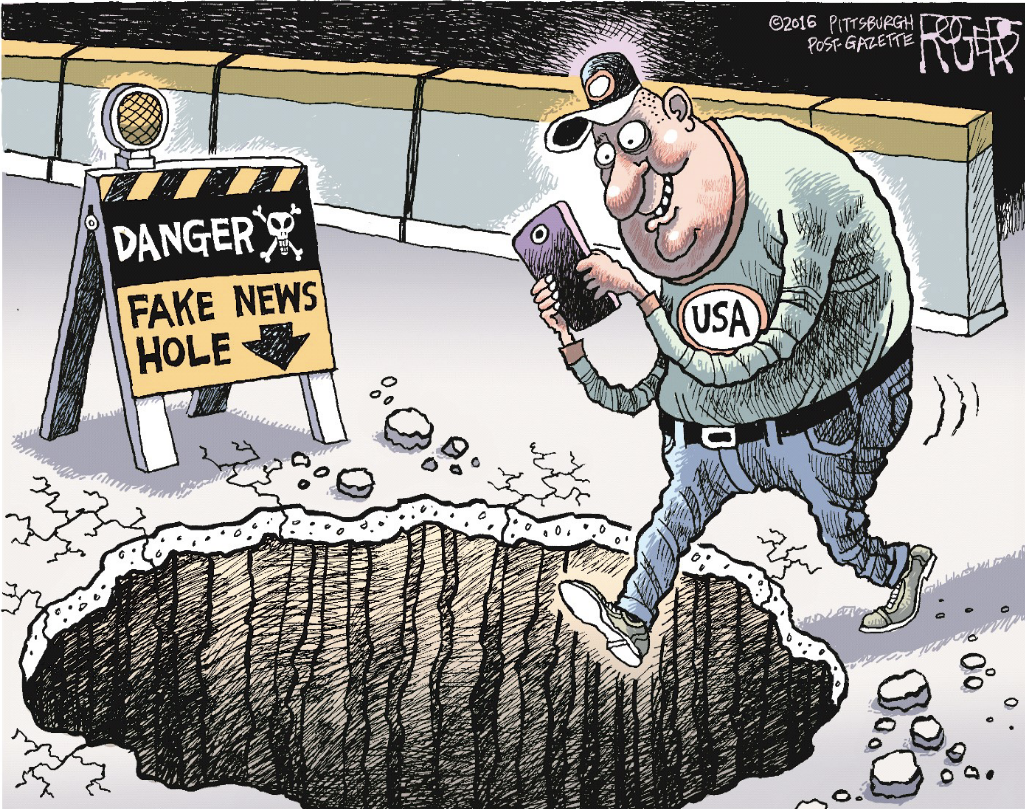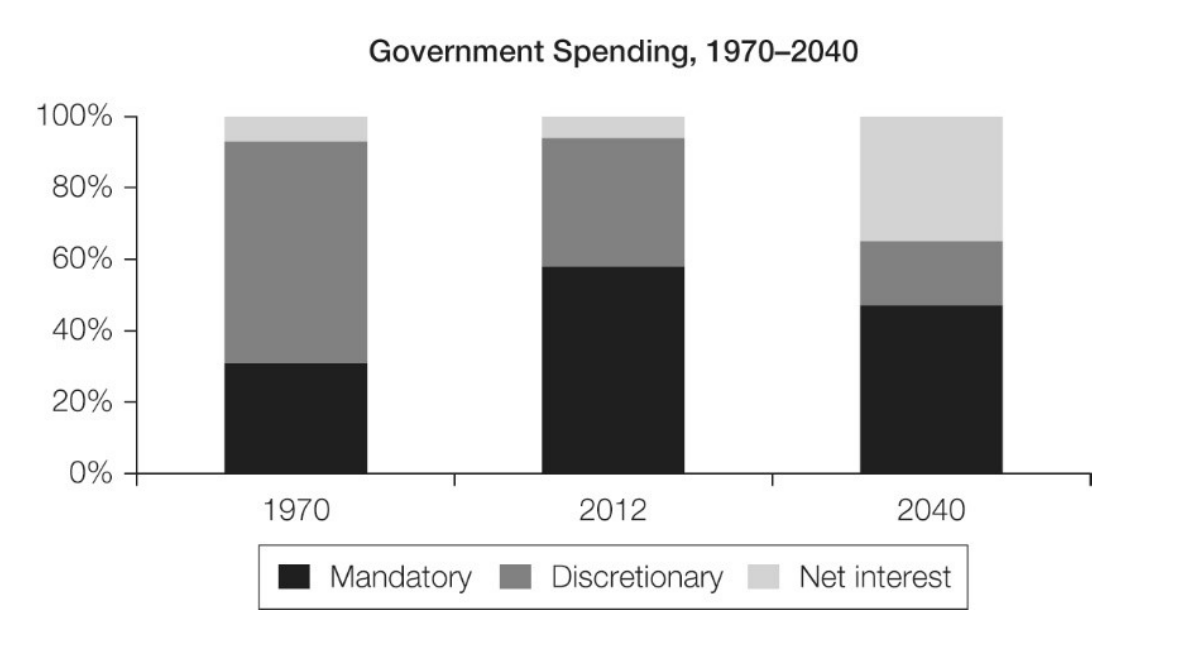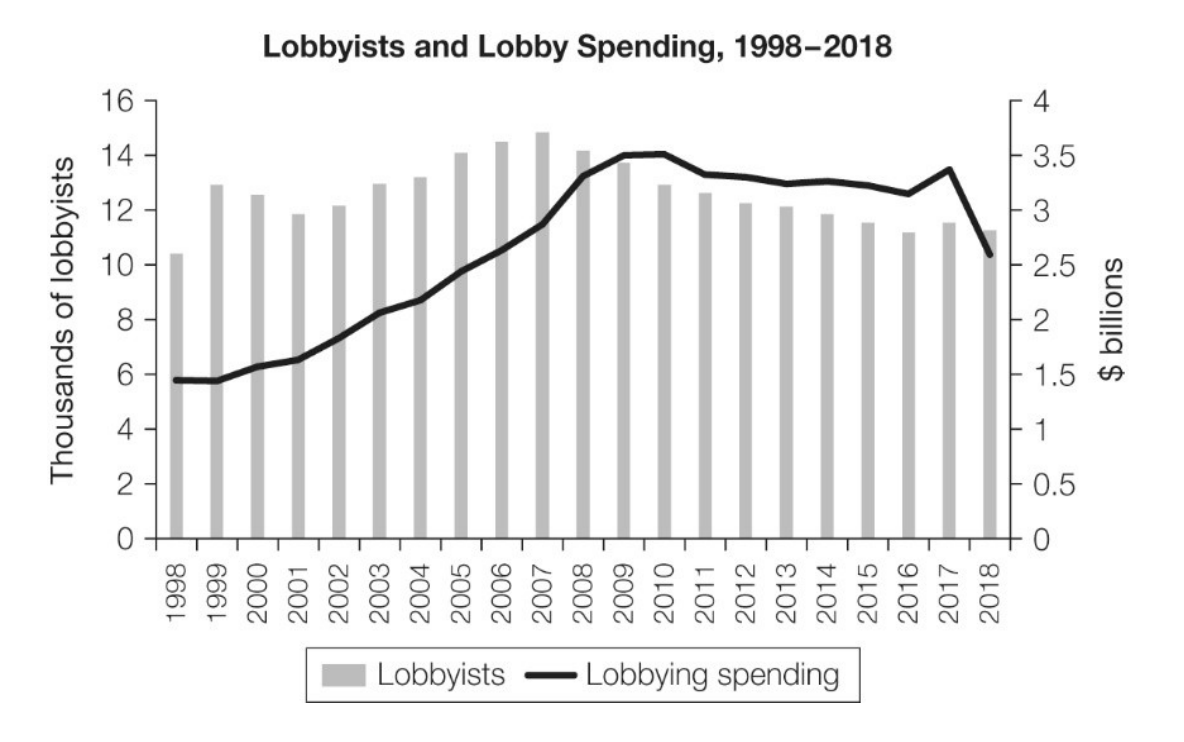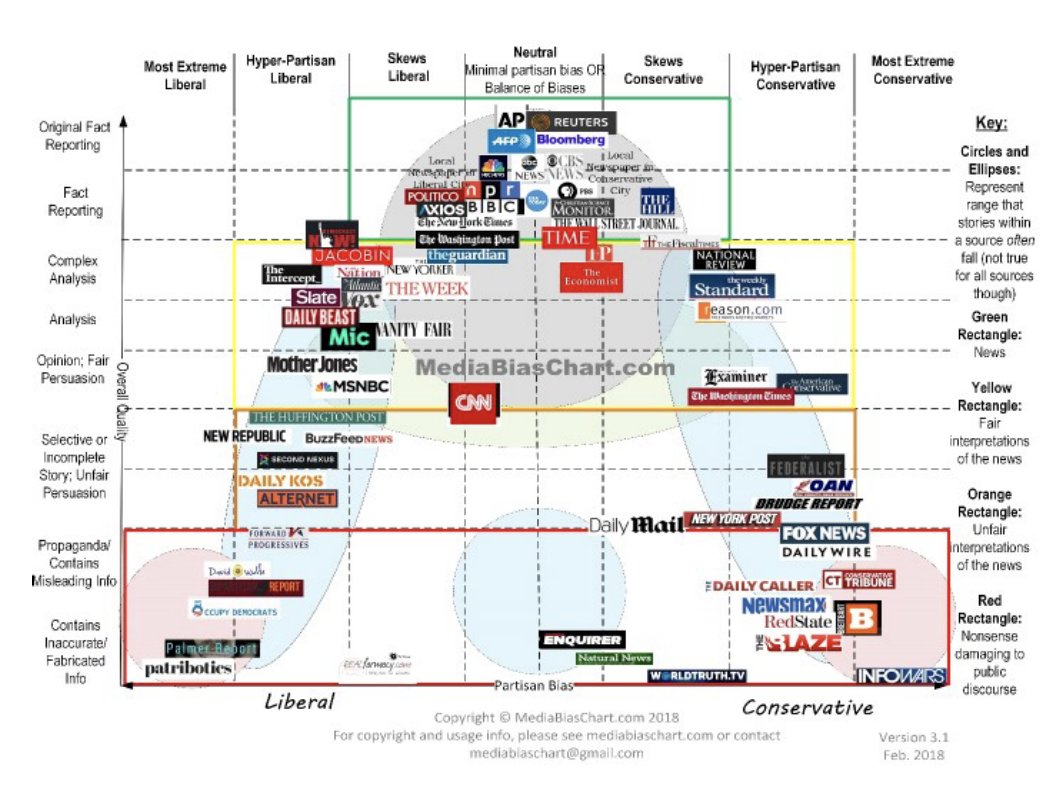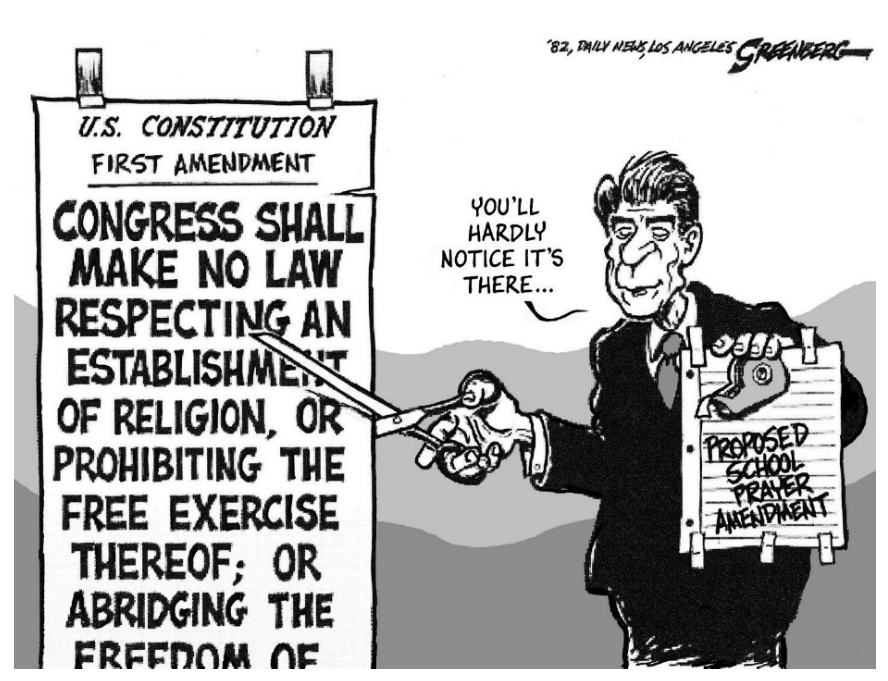final exam specific review
important terms
“separate but equal”
plessy v. ferguson (1896) upheld racial segregation under "separate but equal" doctrine, limiting african american rights
overruled by court in brown v. board of education (1954)
declared state laws for separate public schools unconstitutional
plessy v. ferguson (1896):
test case challenging louisiana's jim crow laws
homer plessy arrested for violating separate railroad car law
majority decision by justice brown upheld louisiana's law, stating it didn't violate the 14th amend
dissenter justice harlan argued for a color-blind Constitution, opposing legal segregation
“separate but equal" remained constitutional for almost 60 years
brown v. b.o.e (1954):
overturned "separate but equal" doctrine
ruled de jure segregation in schools violates 14th amend. equal protection clause
amicus curiae brief
latin term meaning "friend of the court"
refers to individuals or groups that are not parties to a case but offer information to assist the court in making decisions
they submit briefs with legal arguments, providing expertise or additional perspectives
interest groups seek to shape appointments through presidential nominations and senate confirmations
ex. in 2016, interest groups opposed judge garland’s court nomination, which led to a vacant cupreme court seat
outcome: interest groups engaged in the confirmation process, influencing discussions, but garland's nomination was blocked
subsequent nomination: trump's nomination of gorsuch in 2017 drew interest group involvement in shaping the court's direction.
checks on the presidency, bureaucracy, congress, judiciary
system of checks and balances is a fundamental principle in the constitution that prevents the concentration of power, ensuring no branch becomes too powerful
constitutional implementation:
implements limited gov’t through checks and balances, separation of powers, and enumerated powers
demonstrates federalism by delineating powers between the fed. gov’t and states
preventing power concentration:
ensures accountability for the bureaucracy in cases of competing interests
congress scrutinizes agency actions and influences priorities through formal powers like legislative oversight and power of the purse
presidential influence:
pres. uses both formal (veto, appointments) and informal (public approval) powers to influence legislative and bureaucratic activities
judicial role and congressional power:
fed. courts exercise formal power (judicial review) and interpret constitutionality of agency actions
congress, through advice and consent, confirms judicial appointments and has a role in the nation's judicial system
congressional oversight and impeachment:
congress has the power to remove fed. officials, including pres, via impeachment
impeachment criteria include "treason, bribery, or other high crimes and misdemeanors" (article II, section 4)
double security and federalism:
checks and balances and federalism, as per fed. 51, create double security, limiting gov’t power
free and fair elections allow the public to remove officials if they abuse their power
protection of civil liberties:
bill of rights contains protections against gov’t actions infringing on civil liberties
independent judiciary prevents the gov’t from violating citizens' life, liberty, or property without due process of law
civil liberties vs civil rights
civil liberties: fundamental rights and freedoms protected from infringement by the gov’t (ex. freedom of speech, religion, etc.)
ex. freedom of speech, religion, right to privacy, right to bear arms, protection against unreasonable searches and seizures, right to a fair trial
purpose: safeguard individuals from potential government overreach, ensuring inherent rights
historical example: during the mccarthy era (1950s) the u.s. experienced a wave of anti-communist sentiment; the gov’t, in its pursuit of national security, infringed upon civil liberties by conducting investigations and hearings to identify and root out perceived communist sympathizers; this period saw a challenge to freedom of speech and association, as individuals were targeted based on their political beliefs
civil rights: protections from discrimination as a member of a particular group
ex. protection against discrimination based on race, gender, religion, right to vote, equal education and employment opportunities
purpose: promote equality, prevent discrimination, ensure fair treatment and access to opportunities
historical example: the civil rights movement (1950-60s) sought to address racial segregation and discrimination against african americans; key events (ex. montgomery bus boycott, march on washington) were pivotal in advocating for civil rights; civil rights act (1964) aimed to eliminate segregation in public places and prohibited discrimination based on race, color, religion, sex, or national origin
electoral college – pro/con
electoral college: the method by which the u.s. elects its pres. (article 2 section 1)
supporters argue it ensures smaller states have a voice
critics argue it can lead to outcomes where a candidate wins the popular vote but loses the election
impacts democratic participation by introducing a winner-takes-all system in most states, potentially discouraging voter turnout in non-competitive states
voters in safe states may feel their votes have less impact, reducing overall engagement
swing states may experience heightened participation, as voters there perceive their influence on the outcome to be more significant
pros:
equal state rep: provides smaller states with a proportional influence in the election process, preventing larger states from dominating
preservation of federalism: maintains the federal structure by emphasizing the role of states in the election, as opposed to a purely national popular vote
stability and certainty: helps in avoiding lengthy and contentious nationwide recounts by focusing on state-level outcomes
encourages broad appeal: candidates are incentivized to campaign in a diverse range of states to secure a broad base of support
cons:
popular vote discrepancy: may result in a situation where a candidate wins the popular vote but loses the electoral vote, leading to criticisms of an undemocratic outcome
winner-takes-all system: most states operate on a winner-takes-all system, where the candidate with the majority in a state gets all its electoral votes; can amplify the impact of a few swing states
reduced voter influence: voters in non-competitive states may feel their votes have less significance, potentially leading to voter apathy
possible disconnection: there can be a disconnection between the popular will and the final outcome, as seen in cases where the electoral vote contradicts the popular vote
engle v. vitale (1962)
ruled that organized prayer in public schools violated the 1st amend. establishment clause, which prohibits the gov’t from establishing a state religion
declared state-sponsored prayer in public schools unconstitutional
emphasized the separation of church and state
exclusionary rule
a rule that evidence obtained without a warrant is inadmissible in court
based on the 4th amend., protecting against unreasonable searches and seizures
originated in weeks v. u.s. (1914) for fed. cases
extended to states in mapp v. ohio (1961) through the selective incorporation
purpose is to deter law enforcement misconduct and safeguard individuals' constitutional rights
ensures a fair criminal justice system
Fed 10 – “mischief of faction”
faction: group of citizens with shared interests adverse to the rights of others or the community's overall interests
mischief of faction: inherent to human nature, arising from differences in opinion on gov’t policy and the distribution of wealth
causes of faction: differences in gov’t policy opinions; unequal distribution of wealth
problem of majority factions: concerns about majority factions oppressing minority rights, posing a threat to the stability of a republic
solution: representative gov’t: advocates for a large republic with a representative form of gov’t; believes a diverse republic makes it harder for a single faction to become the majority and oppress others
representatives elected by the people are more likely to act in the interest of the entire community
argues for the superiority of a republican form of gov’t over a pure democracy.
overall: addresses dangers posed by factions in a democratic society; proposes a large republic with representative gov’t as the best safeguard against the "mischief of faction”
Fed 78 – protected rights of the republic
judicial independence: advocates for an independent judiciary as a crucial element in protecting the rights of the republic.
role of the judiciary: emphasizes the judiciary's duty to interpret laws and the constitution, ensuring they align with the principles of the republic
judicial review: asserting the power of the judiciary to invalidate laws inconsistent with the constitution
lifetime appointment for judges: argues in favor of lifetime appointments for federal judges to shield them from external influences and political pressures
checks and balances: views the judiciary as a vital check on both the legislative and executive branches, preventing overreach and protecting individual rights; asserts that an independent judiciary serves as a safeguard against potential abuses of power and tyranny by the majority
overall message: stresses the importance of an independent judiciary in preserving and protecting the rights of the republic; highlights the role of judicial review and checks and balances as essential components of a stable constitutional system; argues for the judiciary's ability to counteract legislative and executive actions that may infringe on individual rights
Federal census – gerrymandering
federal census: conducted every ten years to count the population.
gerrymandering: manipulating district boundaries to favor a political party, influencing election outcomes
issuees w/ geerrymandering:
creates safe districts for incumbents
incentivizes party loyalty over broader concerns
representatives in safe districts may face less pressure to compromise or appeal to a diverse constituency
contributes to the polarization of congress by creating one-party-dominated districts
results in a lack of competitive elections, reducing the need for representatives to appeal to a broader range of constituents.
court has addressed various gerrymandering cases over the years
cases often involve challenges to district maps based on claims of unconstitutional partisan gerrymandering
court has struggled to establish clear and consistent standards for evaluating the constitutionality of gerrymandered maps.
some cases involve allegations of racial gerrymandering, where districts are drawn based on race, leading to challenges under the voting rights act
interest groups use of polls
interest groups use polls to gauge public opinion on issues relevant to their causes
polls help them tailor their messaging and lobbying efforts to align with public sentiment
judicial activism
involves judges interpreting laws to advance social or political goals
not necessarily linked to political liberalism or conservatism
proponents argue that:
justices should overturn laws when necessary
can create bold new policies to protect rights, especially for minorities
acts as a check when elected branches fail to address rights and liberties.
examples:
activist and liberal courts in the 1960s struck down laws restricting civil rights
conservative courts used activism to protect states' and private businesses' rights
critics argue that:
judicial activism oversteps the traditional judicial role
raises concerns about judges influencing policy and exceeding their constitutional authority
judicial restraint
involves judges interpreting the constitution and laws narrowly, avoiding decisions that may be seen as policymaking
emphasizes deference to elected branches
Keynesian economics ideas to improve economic conditions
advocates for gov’t intervention in the economy during economic downturns
recommends increased gov’t spending and lower taxes during downturns to stimulate demand
business cycles: links business cycles to individual decisions on saving and spending
overconfidence in expansions leads to excessive investing
contractions result from reduced spending due to pessimism
impact on business cycles:
during economic expansion, overconfident individuals make excessive and unwise investing decisions, exacerbating the boom
economic contractions occur as individuals become excessively gloomy and cut back on spending and investing
historical examples:
new deal: implemented by the roosevelt administration during the great depression, involving public works projects.
obama's proposal: during the 2007–2009 recession, obama proposed a massive public works project to create jobs
democrats historically support keynesian policies
emphasis on gov’t intervention, public works projects, and injecting money into the economy during downturns
overarching goal of keynesian economics is to stabilize the economy by actively managing demand through government fiscal policy, particularly during periods of economic downturns
lobbyists and campaign financing
lobbyists: individuals or groups employed to influence gov’t officials, particularly legislators, on behalf of specific interests, causes, or industries
roles and activities:
advocacy: they advocate for specific policies, legislation, or issues that align with the interests of their clients, whether they are corporations, non-profit organizations, or other entities
information and expertise: they provide policymakers with information, research, and expertise related to the issues they represent, helping lawmakers make informed decisions.
relationship building: they cultivate relationships with policymakers to gain access and influence; involves networking, attending events, and sometimes contributing to political campaigns
drafting legislation: they may contribute to the drafting of legislation and provide input on bills relevant to their clients
controversies:
lobbying has faced criticism for potentially enabling undue influence, especially when powerful interest groups use financial resources to shape policies in their favor
there are regulations in place to promote transparency in lobbying activities, including registration requirements and disclosure of financial contributions
campaign financing: refers to the financial resources used to support political candidates, parties, and initiatives during election campaigns
sources of campaign funds:
individual contributions: donations from private individuals who support a candidate or cause
political action committees (PACs): organizations that collect and distribute funds to candidates, often representing specific industries, interest groups, or ideological positions
political parties: contribute funds to their candidates and engage in fundraising activities on their behalf
self-financing: candidates may use personal funds to finance their campaigns, particularly at the local level
regulations and laws:
campaign financing is subject to various regulations aimed at promoting transparency and preventing corruption
federal election laws in the u.s,s set contribution limits for individuals, PACs, and parties; disclosure requirements ensure the public knows the source and amount of campaign funds
controversies:
campaign financing has been a source of controversy, especially with the rise of super PACs and issues related to the influence of money in politics
concerns include potential quid pro quo arrangements, where donors may expect favors in return for their financial support
McCulloch v. Maryland 1819
landmark court case that established the doctrine of implied powers and affirmed the constitutionality of the 2nd bank of the u.s.
denied states (maryland) the power to tax the fed. bank
main issues: whether congress had the authority to establish a national bank vs. whether maryland had the power to tax the bank.
justice marshall ruled in favor of mcculloch and the fed. gov’t and declared that the power to tax involves the power to destroy and, therefore, states could not tax the fed. bank
decision established the doctrine of implied powers, interpreting the constitution broadly to include powers not explicitly stated but necessary for the functioning of the fed. gov’t
reinforced the principle of fed. supremacy over state laws
clarified that states cannot impede or interfere with the legitimate exercise of fed. powers
set a precedent for a broader interpretation of the "necessary and proper" clause in article I, section 8 of the constitution
altered the balance of power between the fed. gov’t and states, limiting states' ability to undermine federal institutions
original intent
concept that legal interpretation should be based on the original understanding of the constitution by its framers
Party platform positions of Democrat and Republican parties
democratic/liberal views:
economic perspective: believes in gov’t intervention for well-being and equality; opposes gov’t regulation of private sexual or social behaviors.
market regulation: supports active gov’t regulation to address economic inequalities; advocates for fair competition, consumer protection, and environmental sustainability
social issues: supports gov’t intervention to promote social justice, equality, and protect marginalized groups; advocates for civil rights, gender equality, LGBTQ+ rights, and social welfare programs
republican/conservative views:
gov’t size: favors small gov’t, mainly at the state or local level; prefers minimal government interference in the economy
market regulation: advocates for a limited role of government in regulating the marketplace
supports free-market principles for economic efficiency and job creation
social issues: emphasizes individual responsibility and traditional values; prefers local communities and voluntary organizations to address social challenges
libertarian views:
economic perspective: advocates for minimal gov’t intervention in the marketplace; supports laissez-faire approach for individual liberty and economic freedom
market regulation: believes in minimal gov’t interference for efficient economic outcomes; emphasizes individual freedom, private enterprise, and self-regulation
social issues: favors minimal gov’t involvement in social issues; prioritizes individual freedom and autonomy in personal choices
Polls – tracking, benchmark, exit, target
tracking poll: ongoing surveys conducted over a specific period, typically daily or weekly, to track changes in public opinion.
use in campaigns: provide real-time data on candidate popularity and public sentiment; help campaigns assess the impact of events, strategies, or campaign messages over time
useful for adapting campaign strategies based on evolving public opinion
benchmark poll: initial surveys conducted at the beginning of a campaign to establish a baseline or benchmark of public opinion
use in campaign: offer a starting point for assessing the effectiveness of a campaign; help campaigns identify key issues, strengths, and weaknesses
used to tailor messaging and strategy based on the initial public response
exit poll: surveys conducted outside polling places on election day, asking voters about their choices as they exit the voting booth
use in campaigns: provide immediate insights into voter behavior and preferences; help campaigns understand demographic trends among different voting groups
target polls: surveys focused on specific demographic groups, regions, or issues to gather detailed information
use in campaigns: aid in identifying and understanding the preferences of key voter groups; assist in crafting targeted messages to appeal to specific demographics
help campaigns allocate resources effectively by prioritizing efforts in areas or among groups where they can have the most impact
usefulness of Public Opinion Polls in Presidential Campaigns:
polls help understand voter preferences and to tailor messaging to align with public sentiments
aid in making informed and strategic decisions during the election cycle
insights from polls guide policy decisions of presidential campaigns
reliability of poll data hinges on sampling method quality, question clarity, and sample representativeness
random sampling and appropriate methodologies ensure reliability and accuracy
mobilized public opinion serves as a powerful tool in political battles
modern technologies and travel facilitate stronger connections between presidents and the public
presidents use the bully pulpit to appeal directly to the public, leveraging communications technologies
going public involves promoting policies by appealing directly to the american public
state of the union address, press conferences, speeches, and social media (twitter) are key platforms.
presidents must be cautious, as public opinion can swiftly turn against them
Stare Decisis
a legal principle that dictates courts should generally adhere to precedent and decide cases in a way consistent with previous decisions
supreme court decisions set a basis for similar future cases.
allows court to avoid creating new precedents
contributes to legal stability through established decisions
balances consistency with the evolving nature of legal interpretation
PAC & SuperPAC
independent political action committees (pacs) with the ability to raise unlimited funds for or against candidates
annot coordinate directly with candidates or their campaignsc
emerged after the citizens united decision (2010), allowing unlimited independent expenditures
controversial decision criticized by obama during the state of the union address
super PACs, unlike regular PACs, can accept unlimited donations but cannot contribute directly to candidates
contributions to super PACs considered free speech, expanding political spending
significant increase in independent expenditures from $338 million (2008) to $1 billion (2012)
notable donors like contributed substantial amounts in subsequent elections
surge in large campaign contributions (over $1 million) and increased outside spending
third parties are not successful
3rd parties face difficulties in gaining significant representation due to winner-takes-all electoral system (rarely win office but can influence elections)
third-party candidates often address neglected or excluded issues in the national debate
major parties may incorporate third-party agendas into their platforms
winner-takes-all system hinders third-party candidates in the electoral college
sometimes 3rd parties are built around popular candidates like ross perot in 1992 and ralph nader in 2000
backlash against third-party candidates for potentially affecting major party outcomes
democratic and republican parties discourage third-party candidacies.
hurdles include exclusion from televised debates and stringent ballot access requirements
2016: gary johnson (libertarian), jill stein (green party), and evan mcmullin (independent) as third-party challengers
despite gaining votes, did not pose a serious challenge to major party candidates
weaknesses of the Articles of Confederation
weak central gov’t with limited powers: national gov’t lacked the authority to tax, regulate commerce, or enforce laws effectively
no executive branch: the absence of a strong executive hindered the enforcement of laws and coordination of national policies
no national judiciary: articles did not establish a national judiciary system, which made it difficult to resolve disputes between states and enforce laws uniformly
inability to regulate commerce/taxes: central gov’t had no power to regulate interstate commerce, which led to issues (ex. trade disputes and barriers between states); lacked the authority to levy taxes directly on citizens and had to rely on requisitions from the states, which were often insufficient and unreliable
weakness in amending articles: amending required unanimous consent from all 13 states; this was impractical and led to a lack of flexibility in adapting to changing circumstances
no national currency: articles did not provide for a national currency; resulted in a patchwork of state currencies and financial instability
sovereignty and unilateral actions: each state retained significant sovereignty, often acting unilaterally in matters of foreign policy and trade; undermined the unity and effectiveness of the national gov’t
what impacts personal voting trends
family and upbringing: political views and affiliations of one's family can shape an individual's political identity
education: level of education and exposure to diverse perspectives contribute to political awareness
age: younger individuals may lean towards progressive ideas, while older individuals might have more traditional views
gender: women and men may prioritize different issues based on societal expectations and gender roles
race and ethnicity: different racial and ethnic groups may have distinct political perspectives influenced by historical experiences
economic status: Income, occupation, and education levels can influence political attitudes and priorities
media exposure: sources and types of media an individual consumes can shape their political beliefs
social media: online platforms play a significant role in shaping opinions and mobilizing voters
region: political climate and issues vary by region, influencing local voting trends
religious affiliation: religious beliefs may impact political values and voting preferences
job security: Economic conditions and job stability can influence perceptions of government policies
national and global events: major events, crises, or policy debates can sway public opinion
community: interactions with friends, colleagues, and community members can influence political views
leadership qualities: perceptions of a candidate's leadership and character traits influence voting decisions
passages
In 2016, 55 percent of voters between the ages of eighteen to twenty-nine voted for Hillary Clinton, the Democratic candidate for president. Which of the following most likely accounts for this?
What might cause this scenario: The Republican Party controlled both chambers of Congress in 2017 when the House of Representatives passed a bill that repealed the Affordable Care Act. However, the repeal bill failed to pass in the Senate despite the Republican majority.
“If we’re relying on a decision from a German judge about what our Constitution means, no president accountable to the people appointed that judge and no Senate accountable to the people confirmed that judge,” Chief Justice Roberts said at his confirmation hearing. “And yet he’s playing a role in shaping the law that binds the people in this country.” Justice Ginsburg said the controversy was based on the misunderstanding that citing a foreign precedent means the court considers itself bound by foreign law as opposed to merely being influenced by such power as its reasoning holds. “Why shouldn’t we look to the wisdom of a judge from abroad with at least as much ease as we would read a law review article written by a professor?” she asked.
— Adam Liptak, “Ginsburg Shares View of Influence of
Foreign Court on Her Court, and Vice Versa,”
New York Times, April 11, 2009
Those disparate impacts are clear from a second newly released study, too, which also used individual-level records to provide a more granular view of precisely who is affected by voter ID policies. In Michigan’s 2016 general election, voters who arrived at the polls without ID were able to vote after they signed an affidavit. Researchers Phoebe Henninger, Marc Meredith and Michael Morse collected these affidavits to identify a set of voters who would have been turned away under a stricter policy, like the laws in Georgia, Virginia and Wisconsin. By their calculation, about 28,000 voters — or 0.6 percent of 2016 Michigan voters — lacked photo identification. Those 28,000 voters were more nonwhite and more Democratic than the Michigan electorate
overall. Henninger and her co-authors estimated that nonwhite voters were between 2.5 and 6 times as likely as white voters to lack voter ID.
— Dan Hopkins, “What We Know about Voter ID Laws,” FiveThirtyEight, April 21, 2018
The process of election affords a moral certainty, that the office of President will never fall to the lot of any man who is not in an eminent degree endowed with the requisite qualifications. Talents for low intrigue, and the little arts of popularity, may alone suffice to elevate a man to the first honors in a single State; but it will require other talents, and a different kind of merit, to
establish him in the esteem and confidence of the whole Union, or of so considerable a portion of it as would be necessary to make him a successful candidate for the distinguished office of President of the United States.
— Alexander Hamilton, Federalist No. 68
cartoons, graphs, etc.
